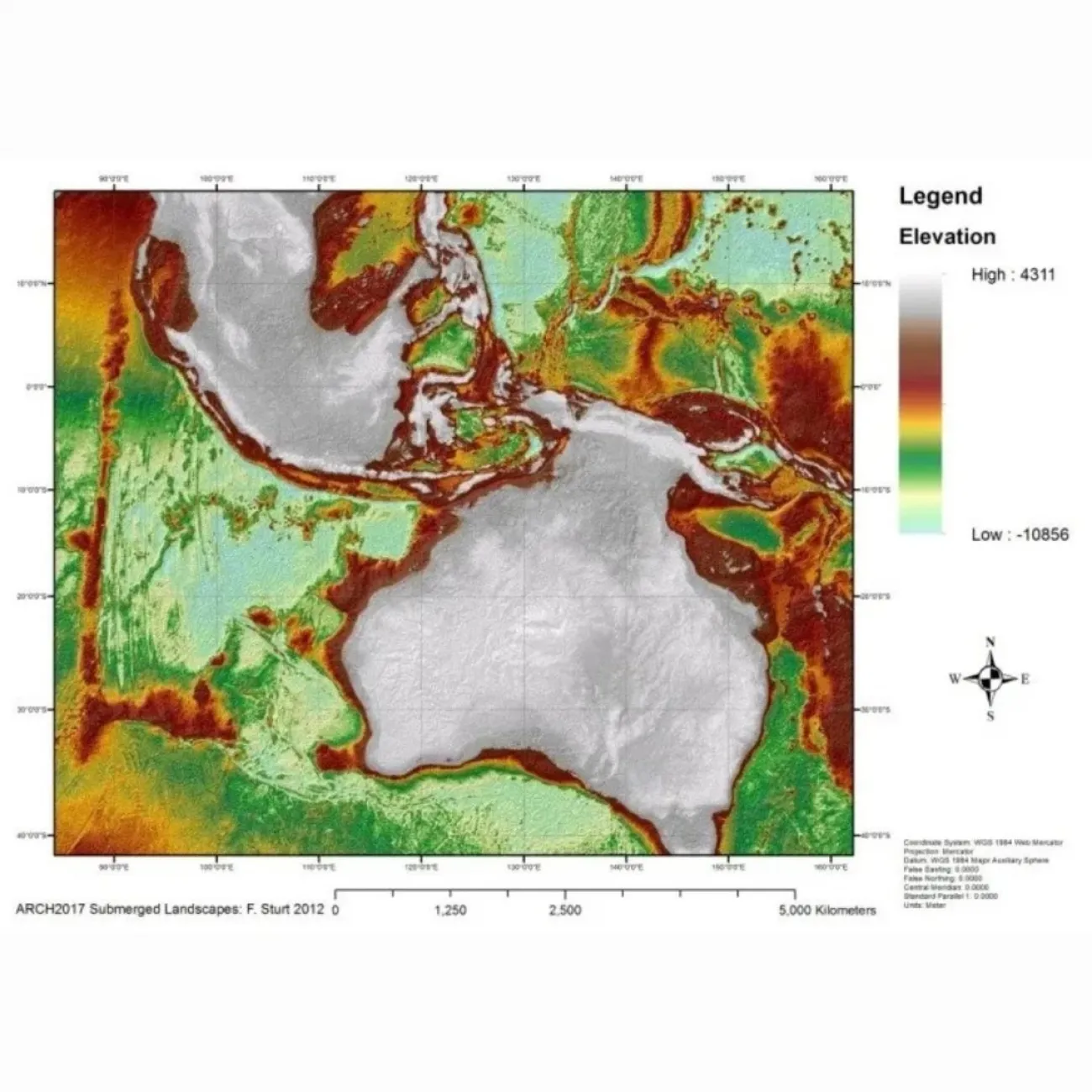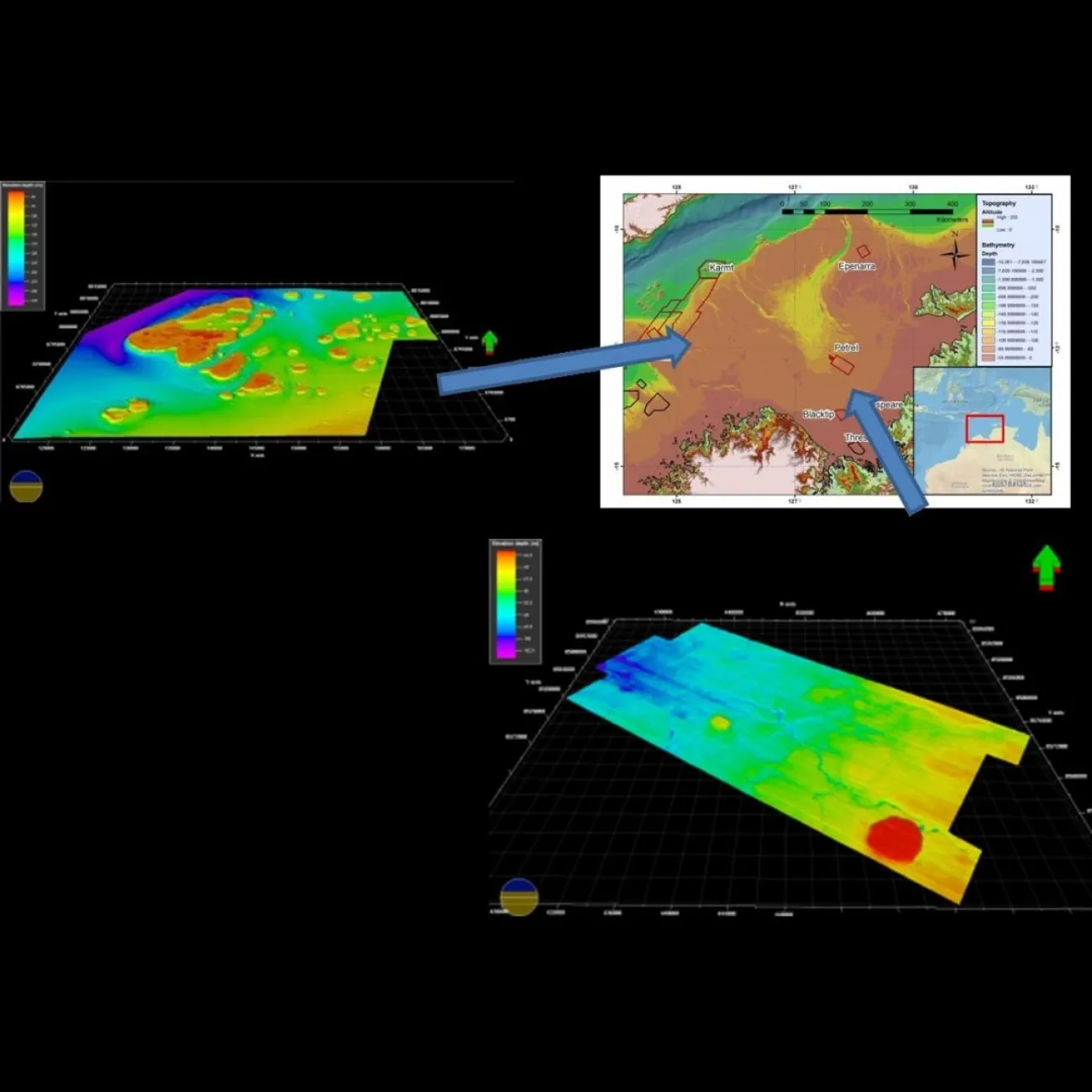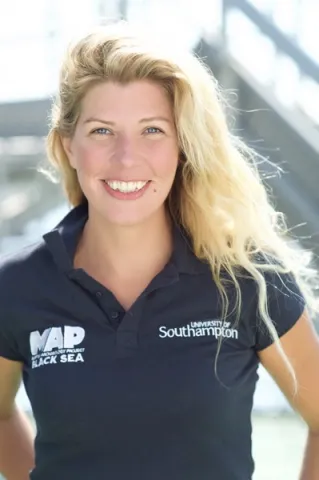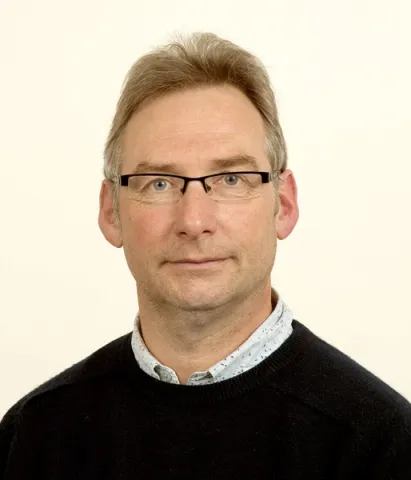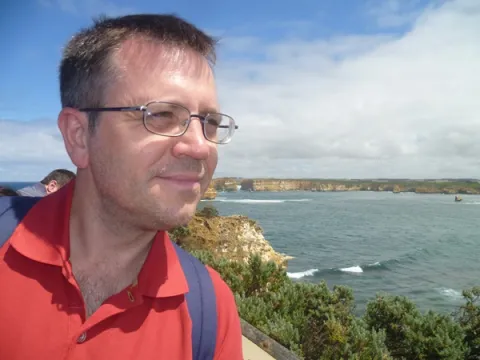Project overview
The ACROSS project – Origins of Seafaring to Sahul – is funded by Dr R. Helen Farr’s EU grant from the H2020 Research and Innovation programme for €1.135m over five years (02/18- 02/23).
One of the most exciting and enduring research questions within Archaeology is that of the peopling of the planet and the movement of Anatomically Modern Humans (AMH) Out of Africa. Within western science, the peopling of Sahul (modern day Australia and New Guinea) by at least 65,000 years ago, represents some of the earliest evidence of modern human dispersal outside Africa, whilst indigenous knowledge and oral tradition of many Aboriginal people is that they have always been there (Uluru Statement from the Heart 2017).
Whether ‘arriving’ or navigating coastal and now submerged landscapes, even at the greatest sea-level lowstand, any movement between Sunda (modern Island South East Asia) and Sahul would have involved seafaring. It is the maritime nature of this travel that makes it so important to questions of technological, cognitive and social human development.
These issues have traditionally been the preserve of archaeologists, but the ACROSS project takes a multidisciplinary approach that embraces marine geoarchaeology, oceanography, and archaeogenetics, to examine the When, Where, Who and How of the earliest ocean crossings in world history.
Aims and objectives:
- Resolve questions of the nature and timing of the peopling of Sahul and its implication for global population movement by modern humans
- Resolve questions of routing and likely duration of voyages to question factors of origins, intentionality and risk
- Integration of onshore and offshore data and unique combination of oceanography, geoscience, archaeology and archaeogenetic data.
Learn more about the ACROSS project.
This project has received funding from the European Research Council (ERC) under the European Union’s Horizon 2020 research and innovation program under grant agreement No. 759677.
